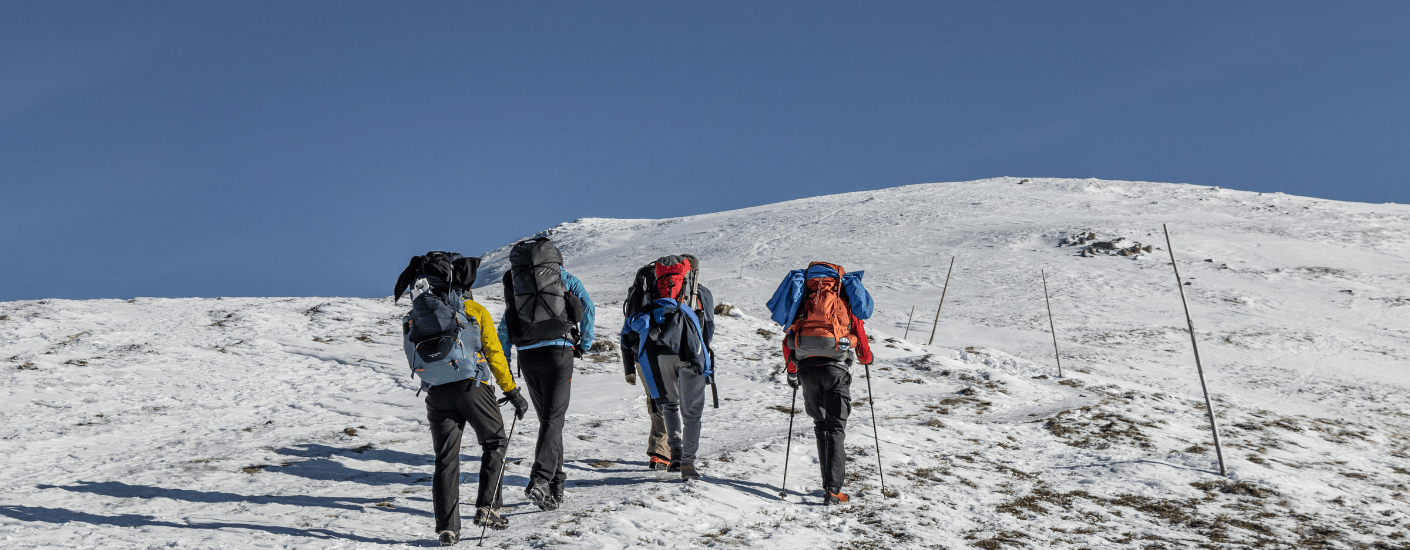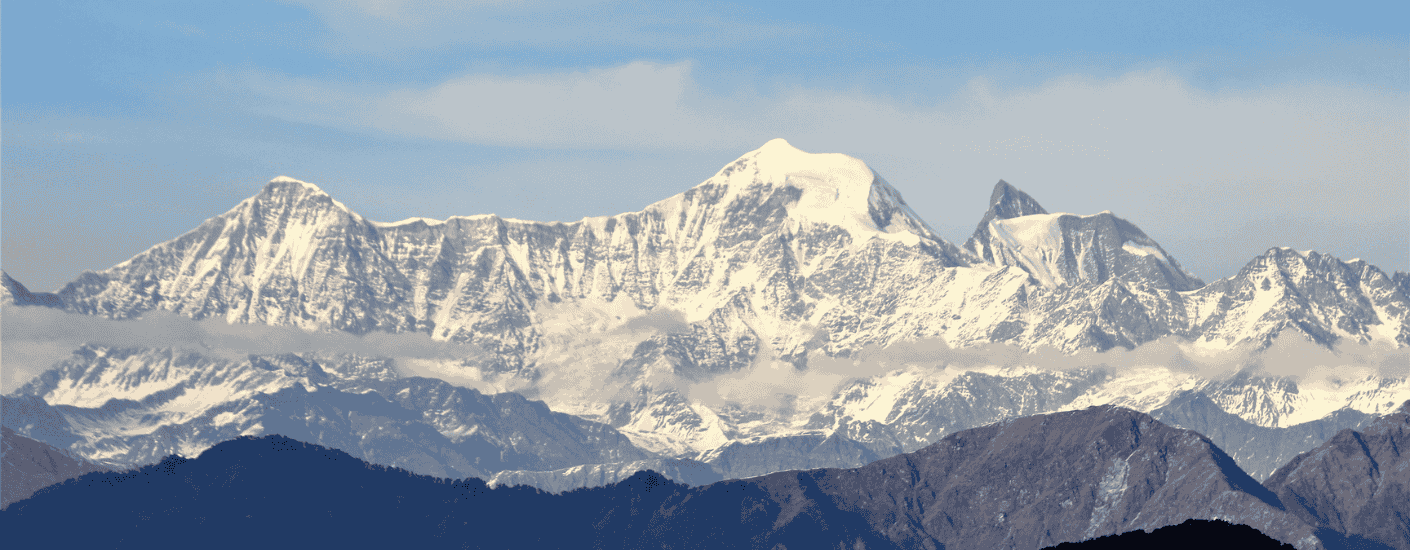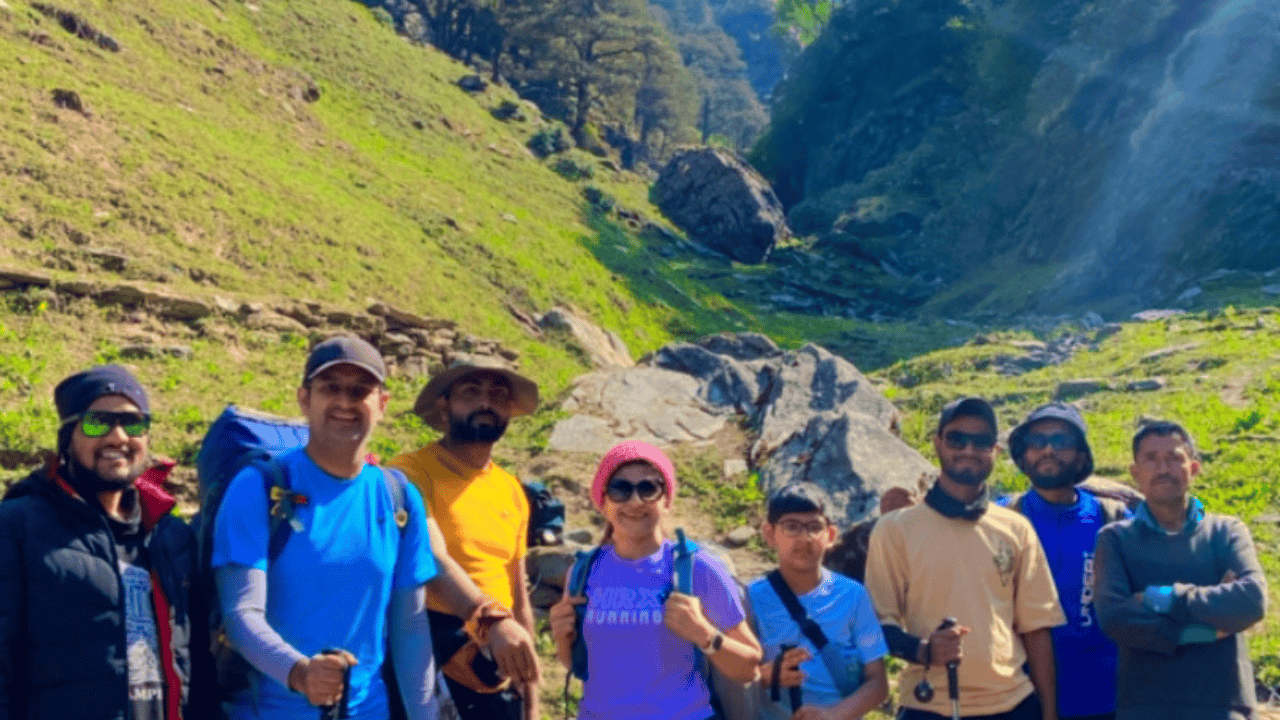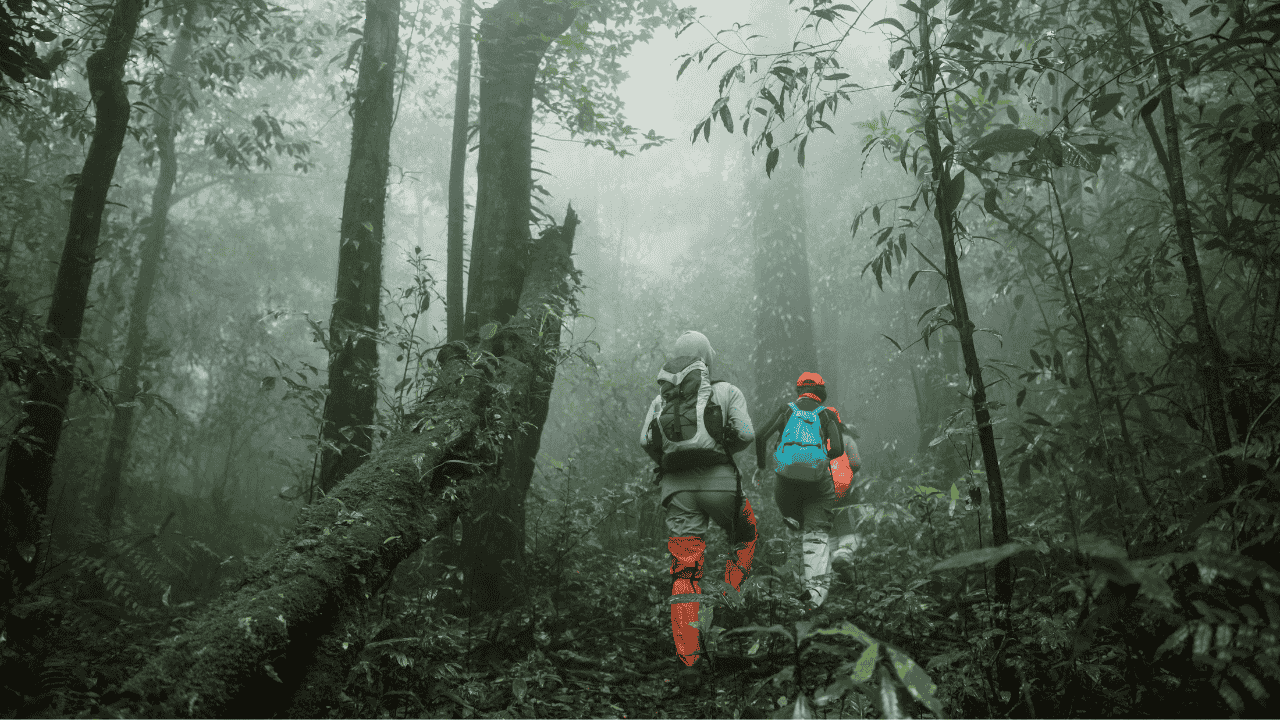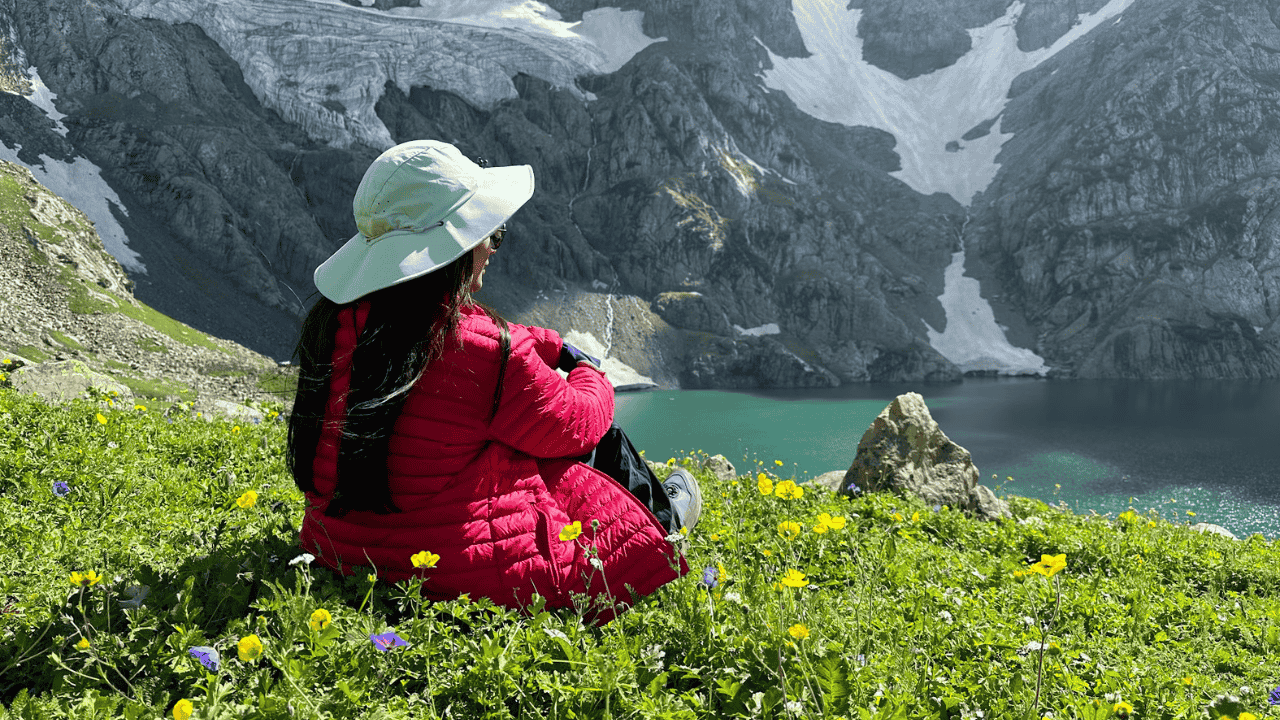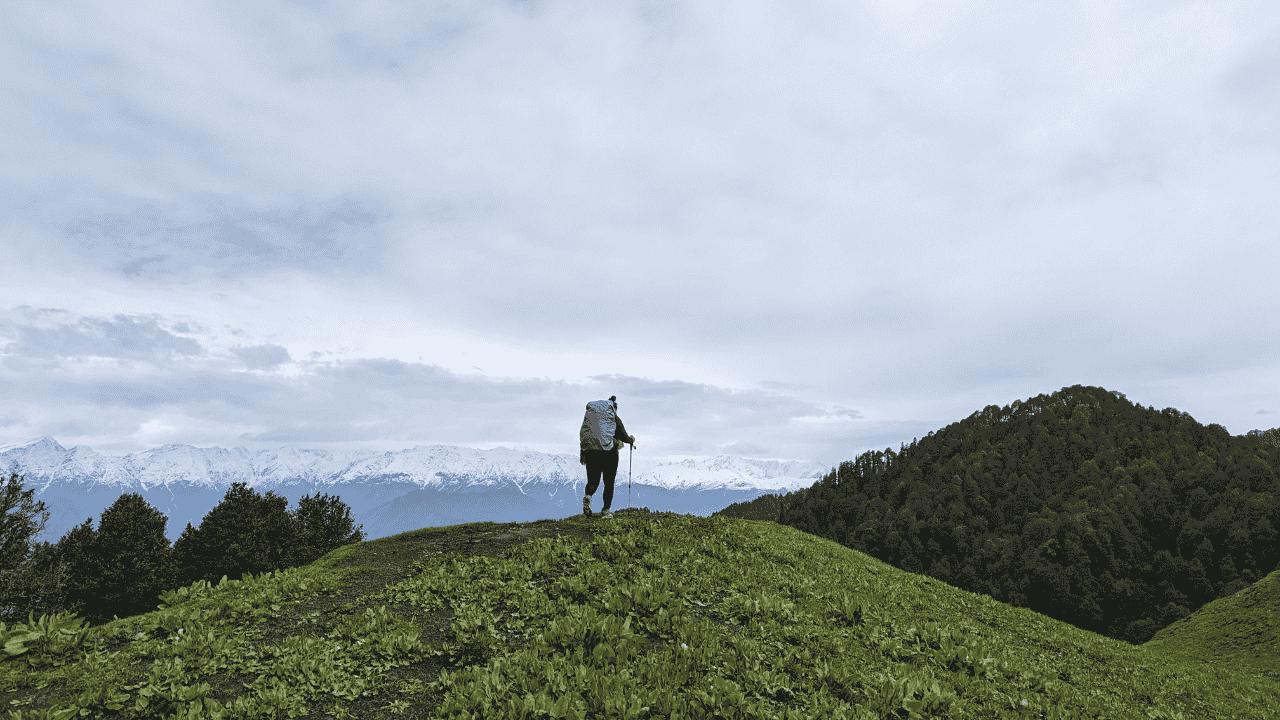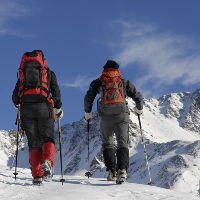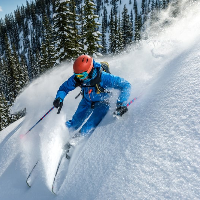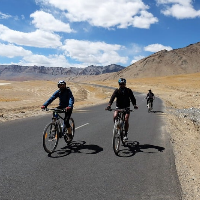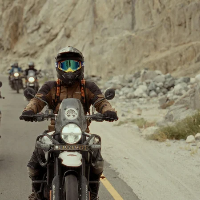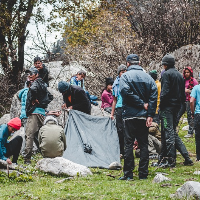Itinerary Description
Introduction
Har ki Dun or Valley of the Gods is one of the most beautiful valleys in Uttarakhand. Hidden in the Garhwal mountains, the trek soars to an altitude of 3,500 meters taking you on an adventure of a lifetime through the quaint villages, gorgeous rivers, and expansive meadows.
The trek rewards you with the enchanting views of Swargarohini Peak, Hata Peak, and Black Peak among others. Legends have it that the trail was the same route taken to heaven by the Pandavas in the Mahabharata. Swargarohini Peak, which bears the legacy of the ‘stairway to heaven’, dominates the view for the most part of the trail.
Also known as the ‘Winter Wonderland’, Har ki Dun tops the chart of the best winter treks in Uttarakhand. The snow-laden trails make it a magical place to be in the winter season. That’s not all! Experience the slice of Garhwali mountain life as you pass through ancient villages as old as 2,000 years. These quaint hamlets are untouched by modern civilization and have still kept the old mountain traditions and culture alive.
Har ki Dun is not only a visual treat for mountain lovers but also an excellent moderate-level trek for beginners to push their limits.
Best time for Har ki Dun Trek
Har ki Dun trail is open for two seasons - the spring season (March- June) and the autumn season (September-December). Each season has unique offerings in terms of views and experience.
March to April is the best time to enjoy the pristine white landscapes as the valley is covered in patches of snow. Come summer, the lush meadows come out of hiding and the remnants of snow are replaced by blooming flowers.
September to October is the best time to enjoy solitude on the Har ki Dun trek. The trail is not crowded, the sky is clear, and you get to enjoy the unobstructed views of mountain peaks. The meadows change their hues of green to earthy shades of golden and brown, indicating the arrival of autumn.
The valley experiences its first snowfall in late November or early December, an unmissable experience for those who enjoy snowfall. The Forest department shuts the trail from mid-December till March due to heavy snowfall.
Difficulty Level
Based on the gradient, the trek can be labeled as easy to moderate for fit beginners and those with prior experience in the mountains.
Most of the trail is easy and feels like walking in the park. Expect to cover long distances every day. There are gradual ascents and descents to keep things interesting. You can add boulder climbing and river crossing to your adventures after completing this trek.
The steep climb to the summit is where you will have to be extra cautious, especially if there is snow. It will be the actual test of your strength and determination.
Short Itinerary
Drive from Dehradun to Sankri (1950 mts): 197 km (9 to 10 hours)
1.5 hour Drive from Sankri (1950 mts) to Dhatmeer (2400 mts) 18 km (1.5 hours) Trek to Pauni Garaat (2500 mts) 6 km (5 to 6 hours)
Trek from Pauni Gaurat (2500 m) to Kalkatiyadhaar (3024 m) 8 km (3 to 4 hours )
Kalkatiyadhaar (3024 m) to Har ki Dun (3566 m) - Kalkatiyadhaar (3024 mts) 14 km (7 to 8 hours)
Kalkatiyadhaar (3024 mts) to Pauni Garaat (2500 mts): 7 km (3 to 4 hours)
Pauni Garaat (2500 mts) to Dhatmeer (2400 mts) 6 km (4 to 5 hours) and drive to Sankri (1950 m) 18 km (1.5 hours)
Sankri (1950mts) to Dehradun(640 mts) 197 km (9 hours)
Detailed Itinerary
Day 1
Drive from Dehradun to Sankri (1950 mts): 197 km (9 to 10 hours)
We begin our journey by driving to Sankri, a quaint village located 197 km from Dehradun. Expect to reach Sankri in the evening. We will stay in guest houses where trekkers can freshen up and get a good night's sleep for the next day.
Day 2
1.5 hour Drive from Sankri (1950 mts) to Dhatmeer (2400 mts) 18 km (1.5 hours) Trek to Pauni Garaat (2500 mts) 6 km (5 to 6 hours)
Trail: We start early in the morning with an hour-long jeep ride from Sankri to Taluka, a picturesque hamlet surrounded by majestic mountains. After a small refreshment break in Taluka, we commence our trek through deciduous forests and scenic landscapes. The trail follows along the Supin River and is flanked by walnut, pine, and cedar trees. The hike is beautiful and easy with gradual ascents.
Campsite: Pauni Garaat is a beautiful campsite by the banks of the Supin River. Enjoy a hot dinner and sleep tight in your tents
Day 3
Trek from Pauni Gaurat (2500 m) to Kalkatiyadhaar (3024 m) 8 km (3 to 4 hours )
Trail: The trail meanders through lush forests, Amaranth farms, and gushing rivers with occasional boulder climbing and river crossings. Once we have crossed the Seema village, the trail becomes steep. However, the astounding views of Dhauladhar ranges on the incline will keep you motivated.
Campsite: The trail culminates at Kalkatiyadhar, an open lush meadow, and your campsite for the day. Bask in the expansive views of the valley and the gleaming sun as you acclimatize and prepare yourself for the summit the next day.
Day 4
Kalkatiyadhaar (3024 m) to Har ki Dun (3566 m) - Kalkatiyadhaar (3024 mts) 14 km (7 to 8 hours)
Trail: Today is the D-day! We begin our summit with a captivating sunrise after breakfast. The trail is a mix of steep and moderate ascents, traversing glacier basins with moraines, frozen waterfalls, and alpine meadows.
Thrilling point: The last leg of the climb is the real test of determination and courage. It includes a steep incline of 45 degrees which can become seemingly difficult in the presence of snow.
Milestone of the day: Once you reach the top, the marvelous glimpses of Swargrohini, Hata Peak, and Black Peak will take your breath away. Soak in the views before we begin the descent back to our campsite.
Day 5
Kalkatiyadhaar (3024 mts) to Pauni Garaat (2500 mts): 7 km (3 to 4 hours)
Trail: The journey back is fairly easy and downhill. On our way back, we will take our time to explore the ancient Osla village.
Campsite: Wake up to the mesmerizing views of the sunrise from the Kalkatiyadhaar campsite.
Milestone of the day: The 2,000-year-old Someshwar Temple is the main attraction of the village. Spend some time chatting with the locals and admiring the impressive two-storey wooden houses. We will head back to Pauni Garaat and spend the night there.
Day 6
Pauni Garaat (2500 mts) to Dhatmeer (2400 mts) 6 km (4 to 5 hours) and drive to Sankri (1950 m) 18 km (1.5 hours)
Today, we can take it easy as we will be descending throughout the day and in the last a short ascent to dhatmeer . Be careful not to exert too much pressure on your knees. Embrace the peaceful surroundings as you stroll along the Supin River. Before you know it, we will reach Dhatmeer where jeeps will be waiting for you to transfer you to Sankri.
Day 7
Sankri (1950mts) to Dehradun(640 mts) 197 km (9 hours)
After breakfast, we bid farewell to the serene surroundings of the mountain village as we prepare to check out. We will follow the same route as we drove on the first day. Expect to reach Dehradun by 9 PM.
WHAT'S INCLUDED
- ●Food, as per menu, on the trek (from lunch on Day 2 till lunch on Day 6)
- ●Forest Permits/Camping Charges (only if availing transportation through Wanderin Man )
- ●Tents, Sleeping bags, mats
- ●Safety Equipment includes Micro spikes, Safety kit and Gaiters if required
- ●Experience Trek guide, cook, helpers, porters & mules for carrying common luggage
- ●Experience and Mountaineering course Certified Trek Leader
- ●2 Night guest house stay in sankri
WHAT'S NOT INCLUDED
- ●Portage of personal bags during the trek.
- ●Cost of any kind of Insurance. Since insurance is mandatory, kindly get yourself insured from our partners ASC360 through www.asc360.com
- ●Any Expense of personal nature.
- ●Any Expense not specified in the inclusions list
- ●Meals during road journeys
- ●Transportation from Dehradun to Sankri and back to Dehradun.
- ●Meals during hotel/guest house stay
Are you eligible for this adventure?
Annapurna Base Camp Trek takes you to a height of 4,130M and is rated a moderate level trek for its long trekking distances. For its elevation and distances, it is recommended for trekkers with some prior experience in the high-altitudes.
Grade
Easy
Max Altitude
3500 mts
Distance
67 km

WMRS Level Required

Terrain

Prerequisite Skills

Fitness Benchmark
WMRS Level Required
WMRS 3
Annapurna Base Camp Trek is a level 4 adventure on the Bikat Rating Scale.
This makes it mandatory for you to have high-altitude experience of preferably multiple treks marked at level 3 on the WMRS. The altitude, the terrain, and the nature of the climb demand a certain level of endurance and a need for you to be aware of how your body reacts to the various features of the high-altitude environment.
If you do not know what level of WMRS trek would suit you best, worry not! Fill out this Form:
We will send you a progression chart to help you comfortably get out of your comfort zone in order to level up and ultimately reach your highest potential in the big, bad world of outdoor adventure.
Packing List
This is a list of essential items for individuals going on a trek with Wanderin’ Man Adventures. This list contains only those items which the participants are required to bring with them. The list excludes those items which are provided by Wanderin’ Man Adventures on the trek. We have divided the items into five categories. All the items in the list are essential except for those marked as optional.
🟩 Trekking Gear
- Rucksack bag with rain cover
- Day Pack Bag - Recommended for treks with summit day
- Head Torch with spare Batteries
- UV protection sunglasses
- Water Bottles - 2 bottles of 1 liter each
🟩 Footwear
- Non-skid, deep tread, high-ankle trekking shoes - 1
- Pair of light weight Slipper/Sandals for the campsite - 1
🟩 Clothing
- Quick Dry Warm lower or Track Pants - 2
- Full sleeves T-shirts/Sweatshirts (1 for every 2 days of trekking)
- Pair of thick woolen socks (1 pair for every two days of trekking)
- Thermal Body warmer Upper & Lower - 1
- Undergarments (1 for each day of the itinerary)
- Warm jacket closed at wrist & neck - 1
- Full sleeves sweater - 1
- Rain wear (Jacket & Pants) - 1
- Pair of water-proof, warm gloves - 1
- Woolen cap - 1
- Sun shielding Hat - 1
- Multipurpose Buff - 2
🟩 Toiletries
- Personal toiletries kit (Small Towel, Toilet paper, paper soap, Bar soap, toothbrush, toothpaste, cold cream, etc.)
- Sun screen lotion small pack (SPF 30 & Above) - 1
- Lip Balm small pack - 1
🟩 Utensils
- Small size, Lightweight & Leak proof lunch box - 1
- Plate - 1
- Spoon - 1
- Tea/Coffee (plastic) Mug - 1
🟩 Miscellaneous
- Camera (Optional)
- Carry your medicines in plenty in case you have any specific ailment. Consult your doctor before joining the trek.
- Dry fruits, Nuts, Chocolate bars (Optional)
Note-
- For long treks, please carry a spare sunglasses.
- For winter trek please try to carry a thermal water bottle.
- For long winter treks, please carry an extra pair of warm pants.
Frequently Asked Questions
Why Wanderin Man?
(SET- Safety, Expertise & Trust )

Safety
- ●Small Group Size in the ratio of 6:1 (participant to leader)
- ●No compromise on safety and sustainability promise
- ●Experienced and Certified Mountaineering Professional Leaders
- ●Region Mapped with Emergency Evacuation Plan
- ●Certified Standard Equipment by UIAA (International Climbing and Mountaineering Federation certification) & other Similar Bodies
- ●Minimized Risk Management Standard Operating Procedure are applied for every Trek and tour
- ●Certified First Aid Support and Doctors* with constant availability of Safety Equipments like Medical Kit, Rescue Kit
- ●Constant communication is aided with the help of Communication Devices
- ●Certified and registered Transporter for transportation purpose

Expertise
- ●Founders of the company have extensive experience of 15 years having organized approx 2000+ trekking, Expeditions and other adventure activities.
- ●Wanderin’ Man Adventures operating expeditions above 8000 mts.
- ●Under the umbrella of Wanderin’ Man Adventures 15 + adventure activities Programs have been organized
- ●Founders have mountaineering certifications from the esteemed mountaineering institutes of India.
- ●Team is composed of experienced mountaineers and trek leaders with thorough understanding of norms and procedures.

Trust
- ●Trust has been the hallmark of our company since its inception be it any program on the list.
- ●Special emphasis is laid on the use of standard procedures and equipments as per the mountaineering norms
- ●95% of our clients have availed our service on repeat basis.
- ●Our business has expanded primarily based on the “word of mouth” from our existing clients to new ones
What Our Customers Say
Cancellation Policy
Cash Refund (All events including Friendship Peak Expedition except other Mountaineering Expeditions) - Cash refunds are only available for bookings made without any discounts, such as promotional codes or dynamic discounts. Additionally, cash refunds are not available for shifted batch bookings or if the booking status is "Booked". The amount of the refund will be determined based on the following guidelines:
Cancellations made up to 45 days before the departure date
Cancellations made up to 31 days before the departure date
Cancellations made between 30 and 21 days before the departure date
Cancellations made between 20 and 11 days before the departure date
Cancellations made less than 11 days before the departure date are not eligible for a cash refund.
Similar Adventures
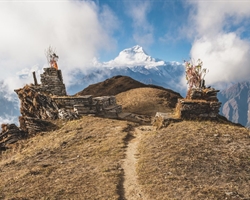
Khopra Ridge Trek
Less popular, less crowded, more beautiful alternative to ABC
- Nepal
- 10 Days
- BRS 4
- 4767 m
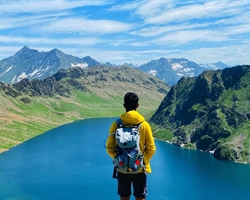
Tarsar Marsar Trek
A Shorter and Easier Alternative to the Kashmir Great Lakes Trek
- Kashmir
- 7 Days
- BRS 4
- 4024 m

Hampta Pass Trek
An Enchanting Cross-Over from Manali to Spiti
- Himachal
- 5 Days
- BRS 4
- 4200 m
 Max Participants :
15
Max Participants :
15
 Trail Type :
Starting and ending at the same point
Trail Type :
Starting and ending at the same point
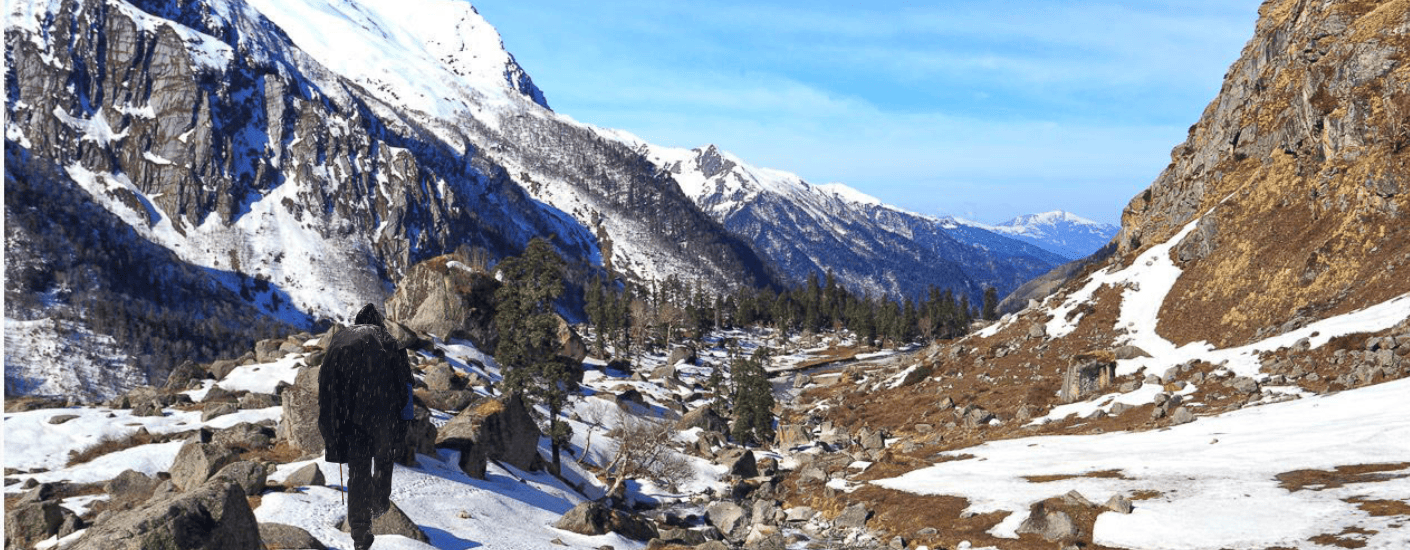
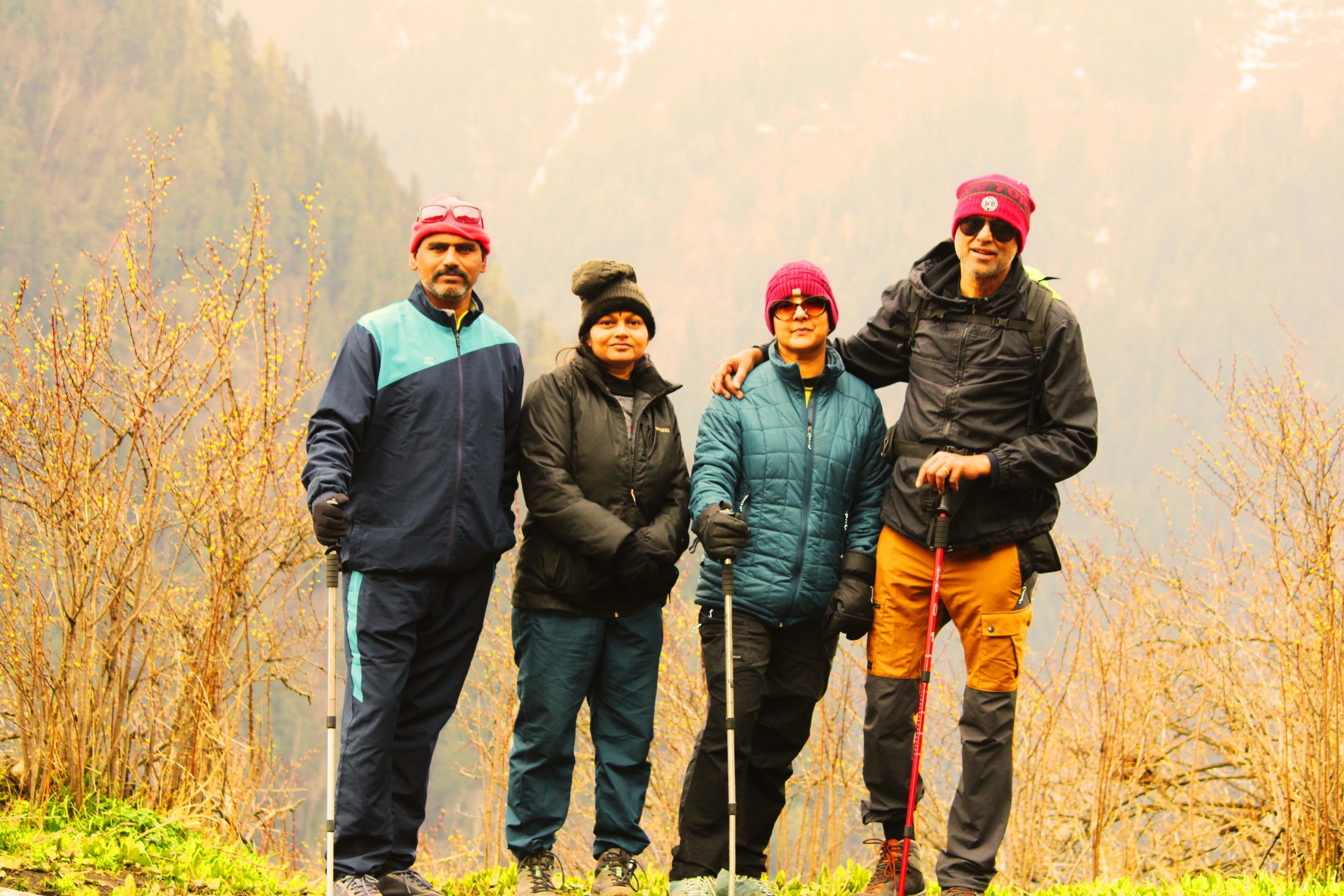
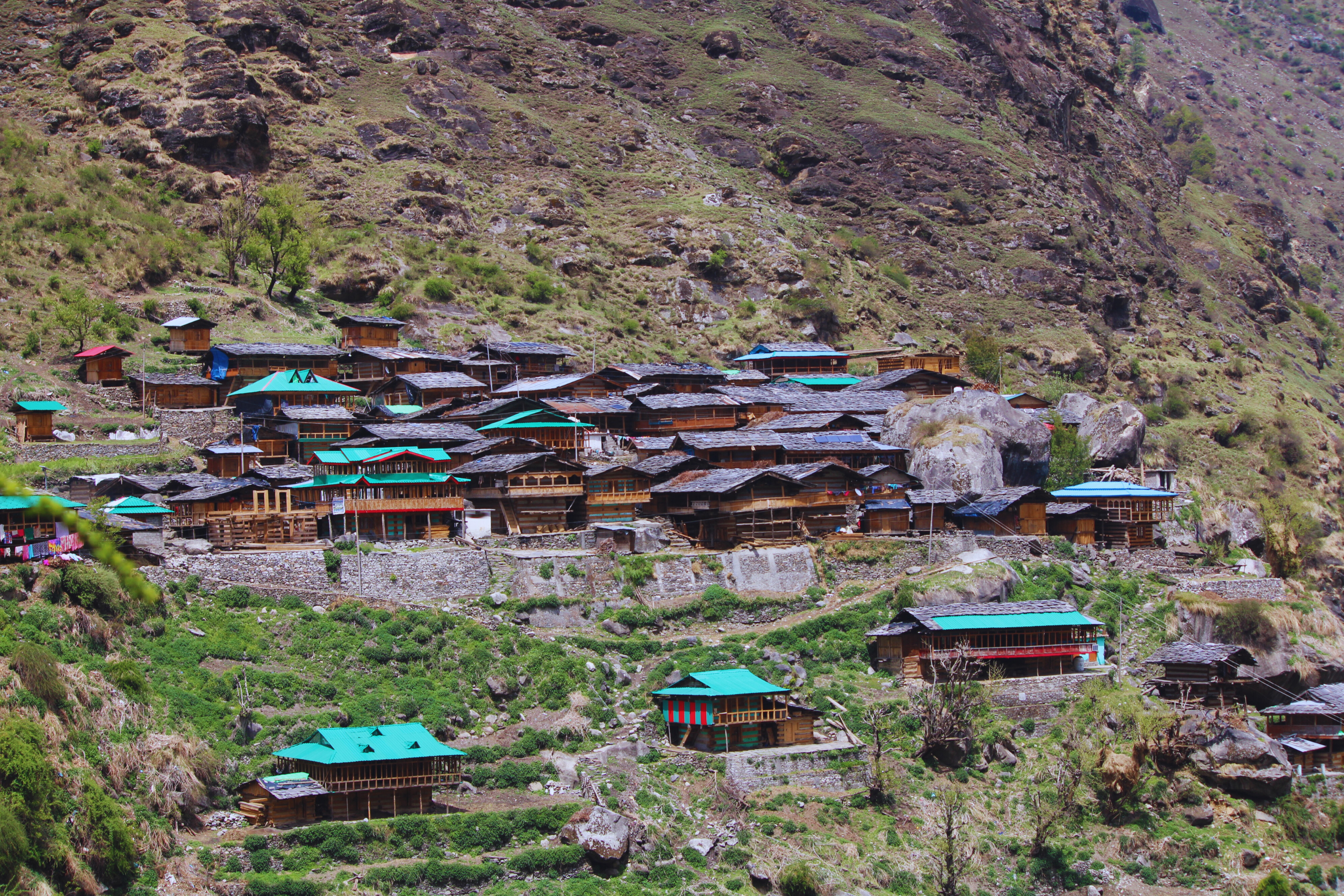
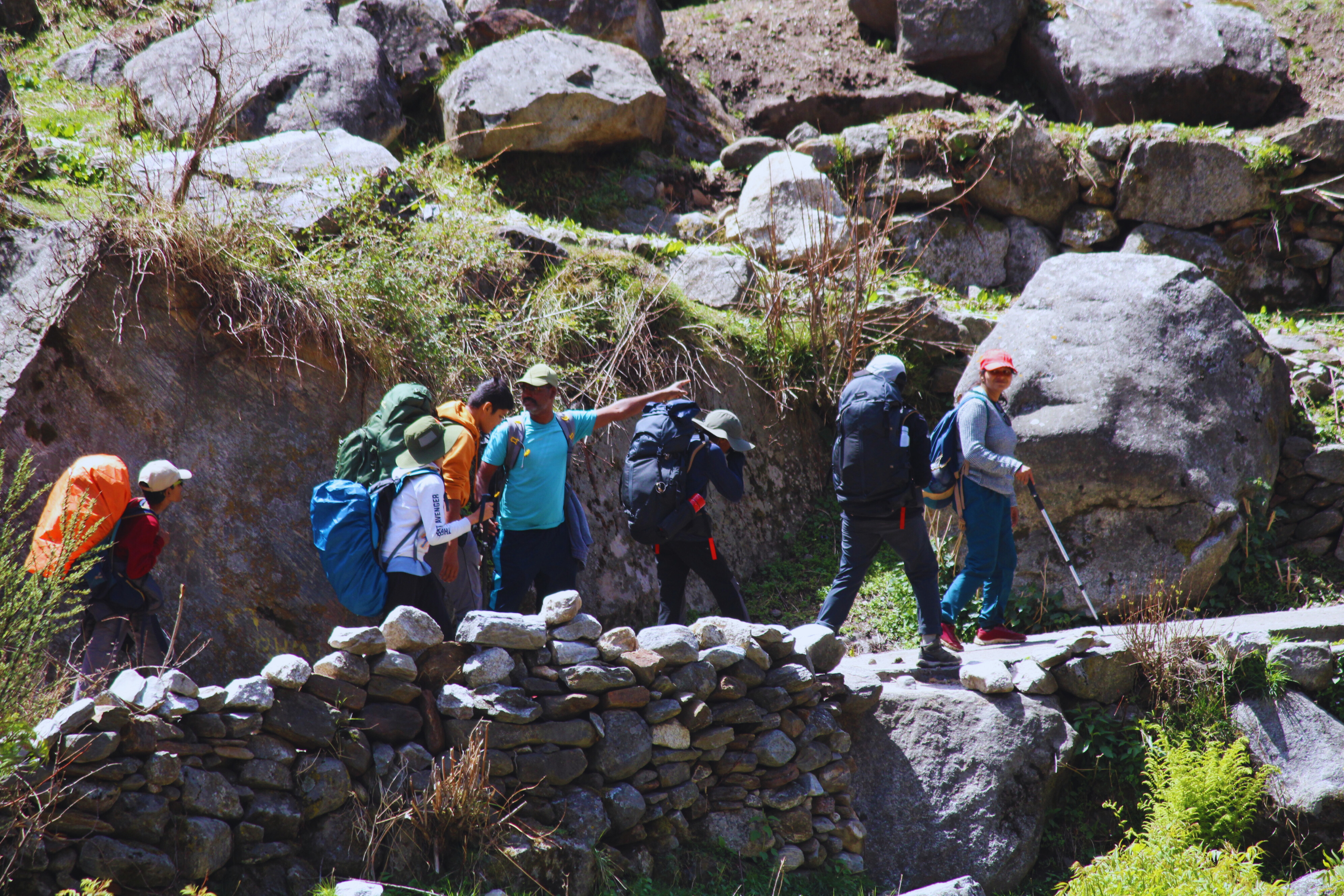
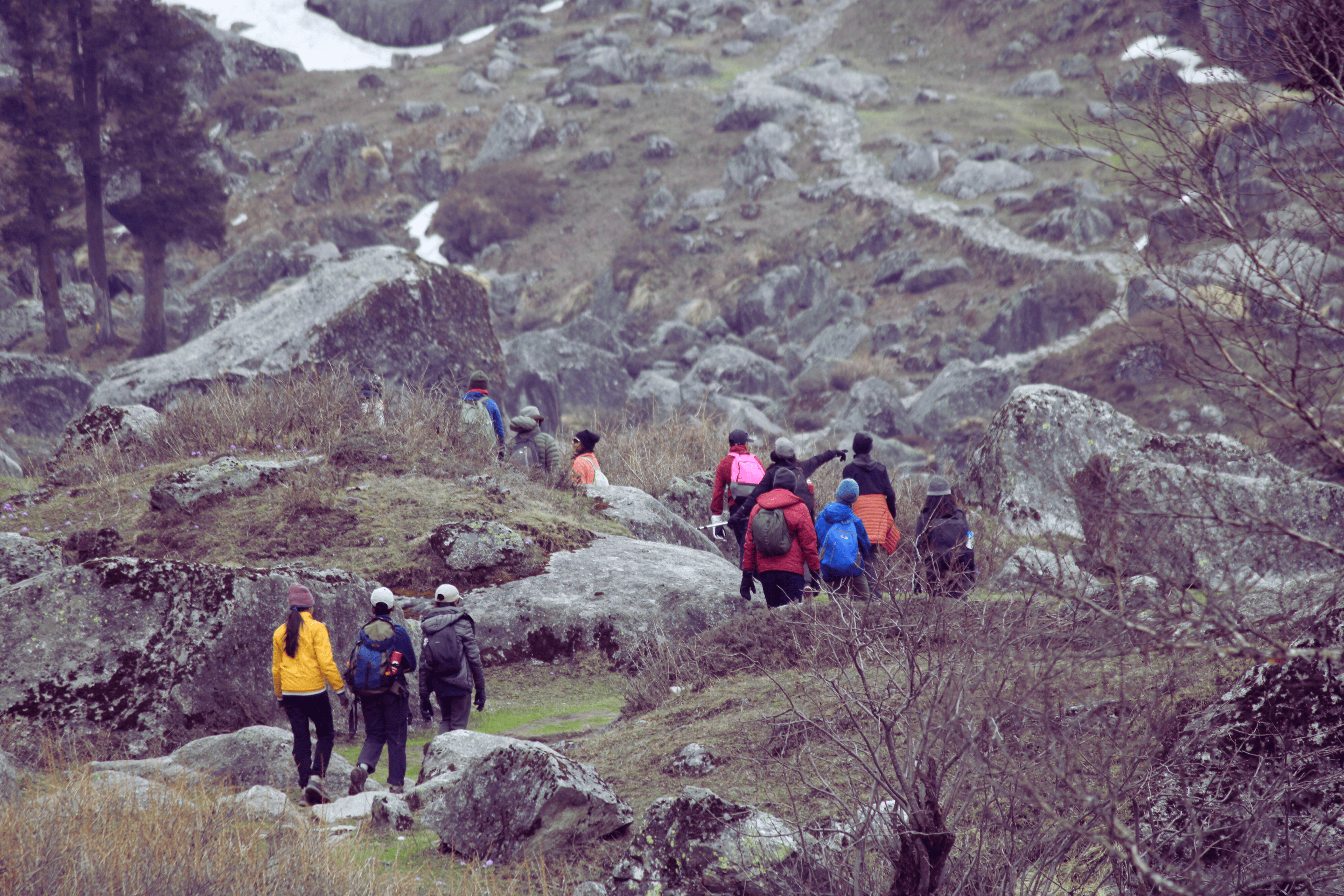
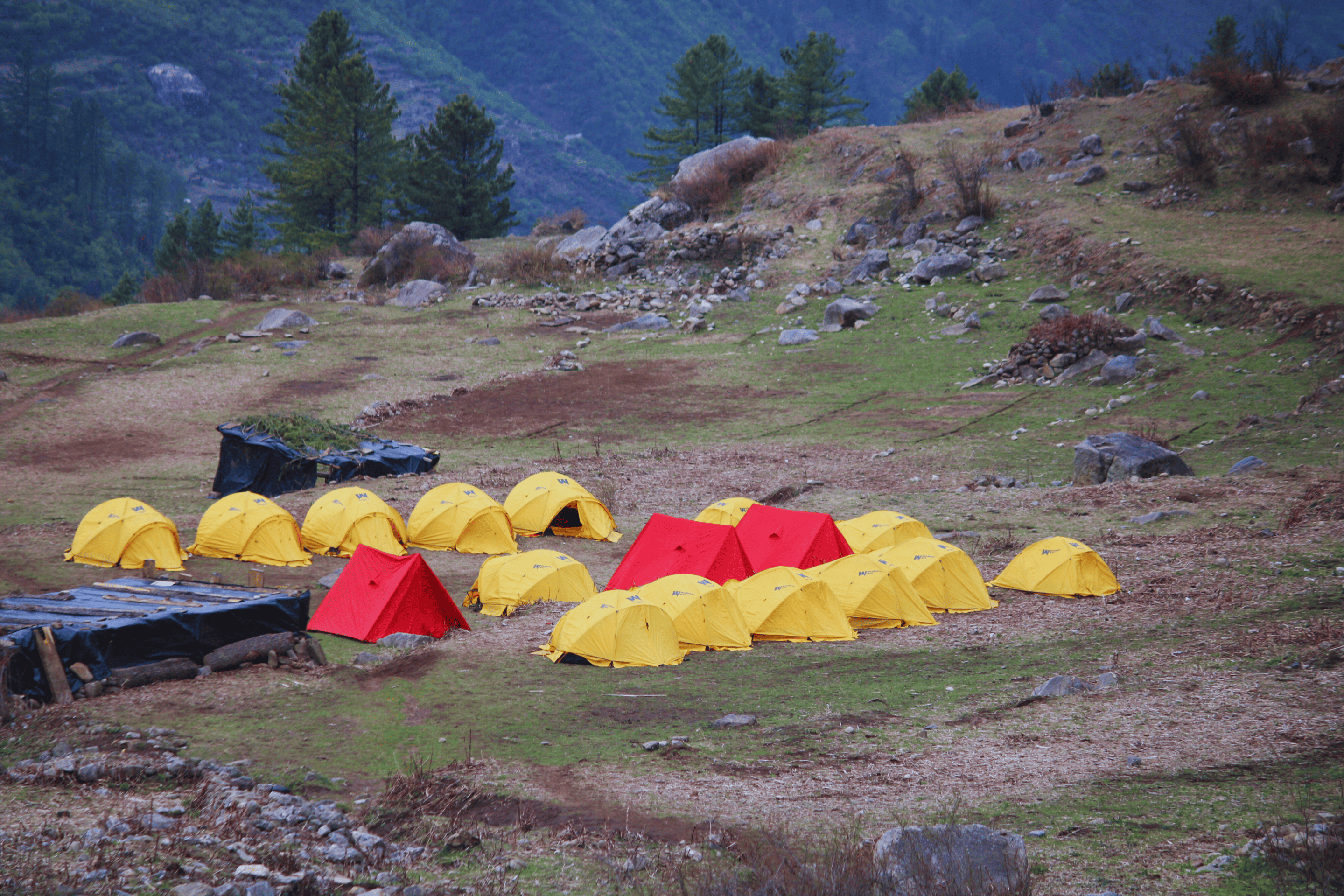


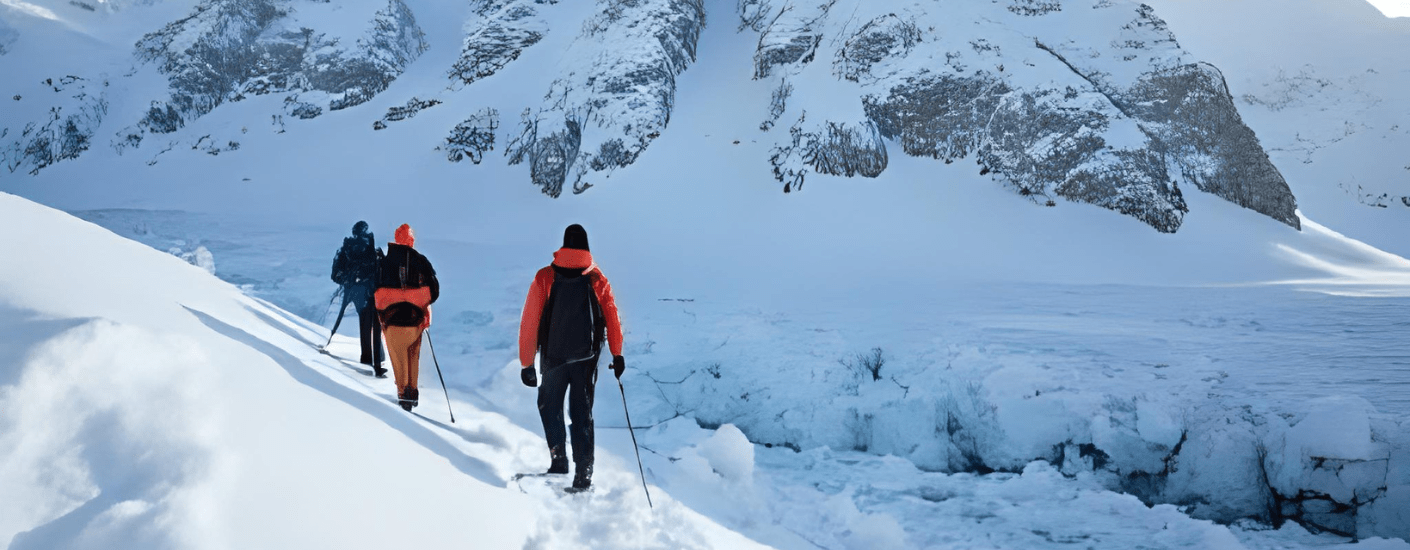
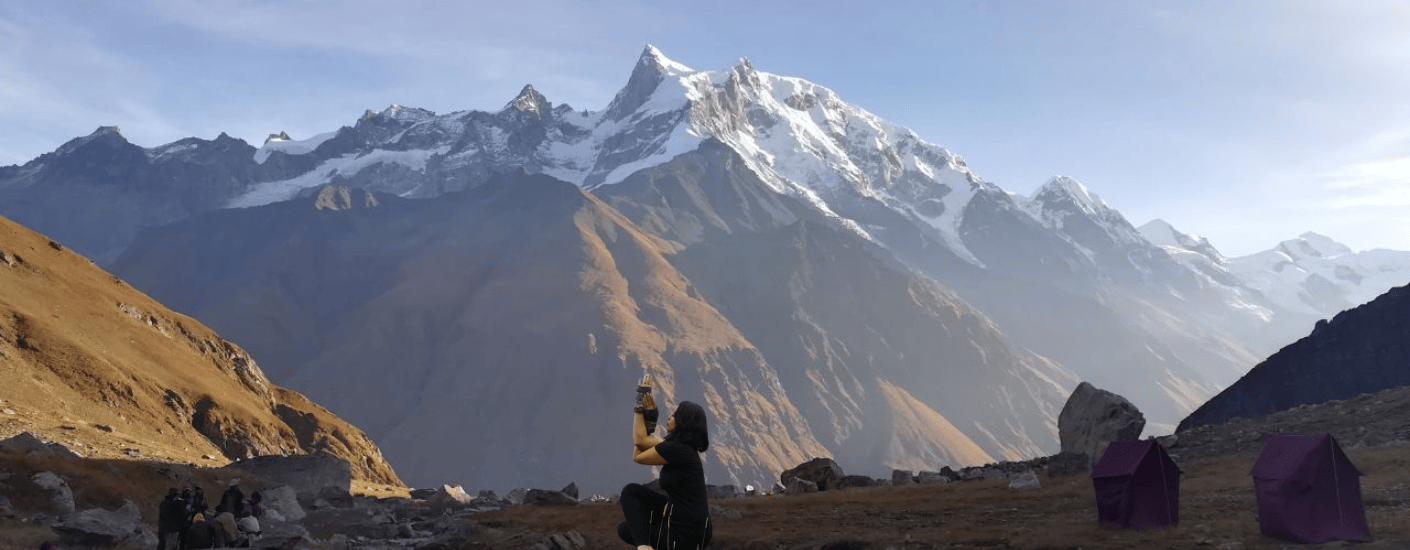

.png)
